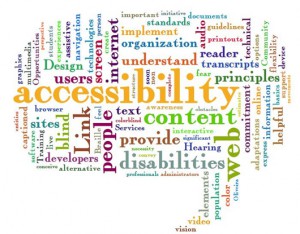Keep up to date on current trends and technologies
Entrepreneur - Legal

How to Create Perfect Client Contracts Using Squarespace Forms
Paul Maplesden
40+ Free Productivity Dashboards and Templates
Daniel Schwarz

I’m a Designer: How Do I Deal with a Cease and Desist Letter?
Adam Hatch
All You Need to Know About Estonia’s E-Residency Program
Daniel Schwarz
Puppies (Or Fun Ways to Get Sued for Copyright Infringement)
Alex Walker
Is Your Website’s Privacy Policy Putting You at Risk?
James Chiodo
9 Answers to Freelancers Frequently Asked Tax Questions
Joshua Kraus
3 Risks When Growing Your Business
Ada Ivanoff
Avoiding Legal Headaches: How to Read a Contract
Craig Buckler

Designing For Disabilities: Section 508 and International Accessibility Compliance For Beginners
Tara Hornor
The Web Designer’s Copyright Crash Course
John Tabita
The Web Designer’s Guide to Image Copyrights
John Tabita
10 Things I Wish I’d Known Before Starting a Web Design Business
John Tabita
Marketing Mistakes: Opt-in vs Opt-out Checkboxes
Craig Buckler
Fake User Profiles: Free Speech or Defamation?
Chris Gatewood
Sabotage! Coping With The Joe Job
Dillian Thomas
The 10 Confidentiality Commandments
Judith Silver
Copyright For The Webmaster
Matt Mickiewicz
Showing 18 of 18